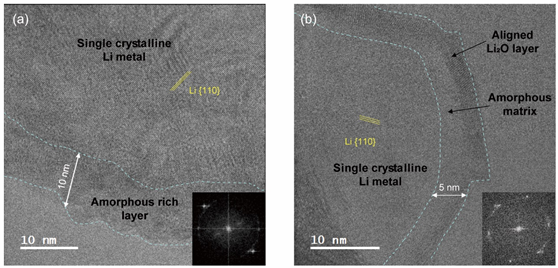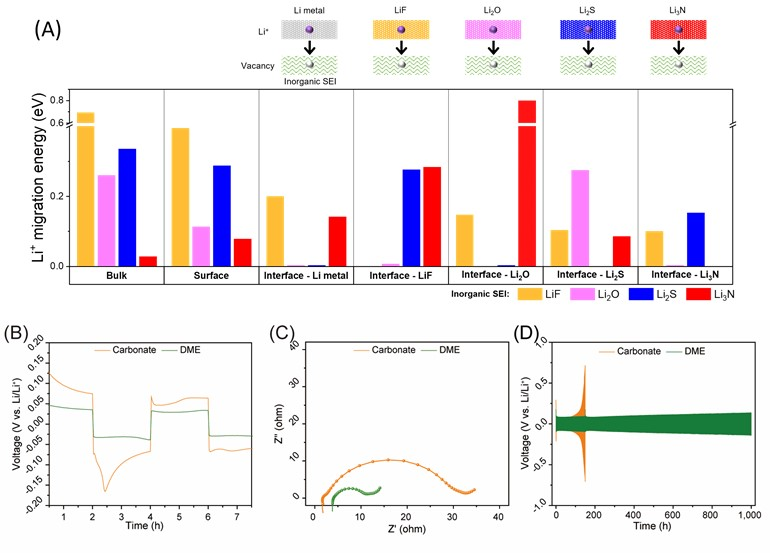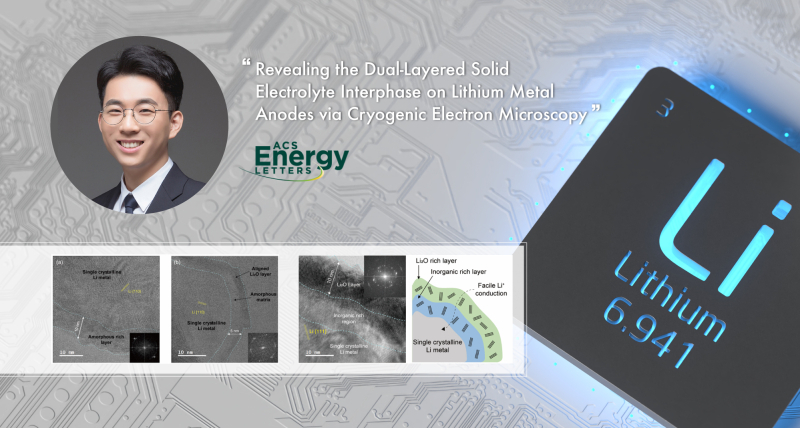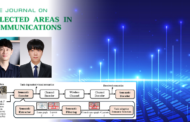A research team jointly led by Professor Hyun-Wook Lee of UNIST’s Department of Energy and Chemical Engineering, Professor Sang Kyu Kwak of Korea University, and Professor Haotian Wang of Rice University conducted a study using cryogenic transmission electron microscopy (Cryo-TEM) and density functional theory (DFT) calculations. The team identified the nanostructure and performance improvement principle of the solid electrolyte interface (SEI) layer formed on the surface of lithium metal anode materials.
Lithium metal anode materials have 10 times higher capacity than commercialized graphite anode materials, making them attractive for use as next-generation battery anodes. However, their instability has made commercialization difficult, and understanding the structure and operating principles of the SEI layer formed on their surface has been challenging.
To overcome this challenge, the research team used Cryo-TEM to analyze the interface layer between lithium metal and solid electrolyte at a temperature near -175°C. This Nobel Prize-winning technology allows for nanoscale analysis despite sensitive properties that make analysis difficult. Through this method, they successfully identified the exact structure of lithium metal along with its interface layer.

“Most analyses of the solid electrolyte interface layer on the surface of lithium metal materials only deduce component changes,” said Tae-Ung Wi, a post-doctoral researcher at Rice University. “This study identified the exact nanostructure and suggests a new direction for interface layer research.”

“Many researchers agree that analyzing interfaces that may affect overall cell performance is crucial. However, there is a lack of advanced analysis centers suitable for secondary batteries in Korea,” noted Professor Lee. “UNIST has an all-in-one analysis center capable of analyzing secondary and next-generation batteries to maximize Korea’s battery capabilities through this infrastructure.”
The double solid electrolyte interface layer identified in this research uniformly distributes on the surface of inorganic component lithium metal anodes, allowing high-speed conduction of lithium ions while preventing local concentration and suppressing dendritic phase formation that can be fatal to driving batteries.

The research findings have been published in the April 2023 issue of ACS Energy Letters and were selected as one of the top 20 most downloaded papers by the journal in the last 30 days. The study was supported by UNIST’s 2023 Research Fund, Individual Basic Science and Engineering Research Program, and through funding from Korea’s Ministry of Science and ICT (MSIT), Ministry of Trade, Industry & Energy (MOTIE), National Research Foundation (NRF), as well as Korea Institute of Energy Technology Evaluation and Planning (KETEP).
Journal Reference
Tae-Ung Wi, Sung O Park, Su Jeong Yeom, “Revealing the Dual-Layered Solid Electrolyte Interphase on Lithium Metal Anodes via Cryogenic Electron Microscopy,” ACS Energy Lett., (2023).
















